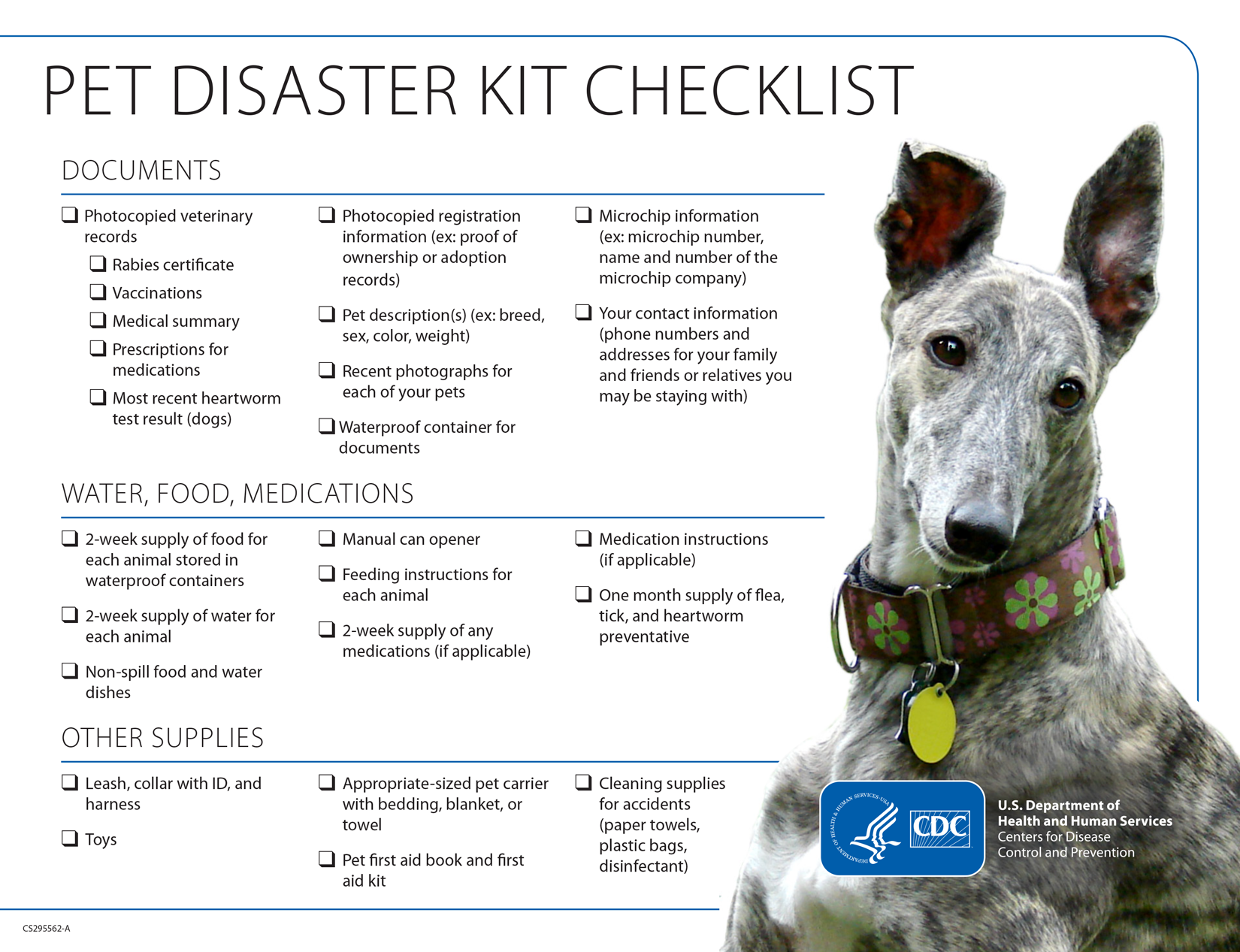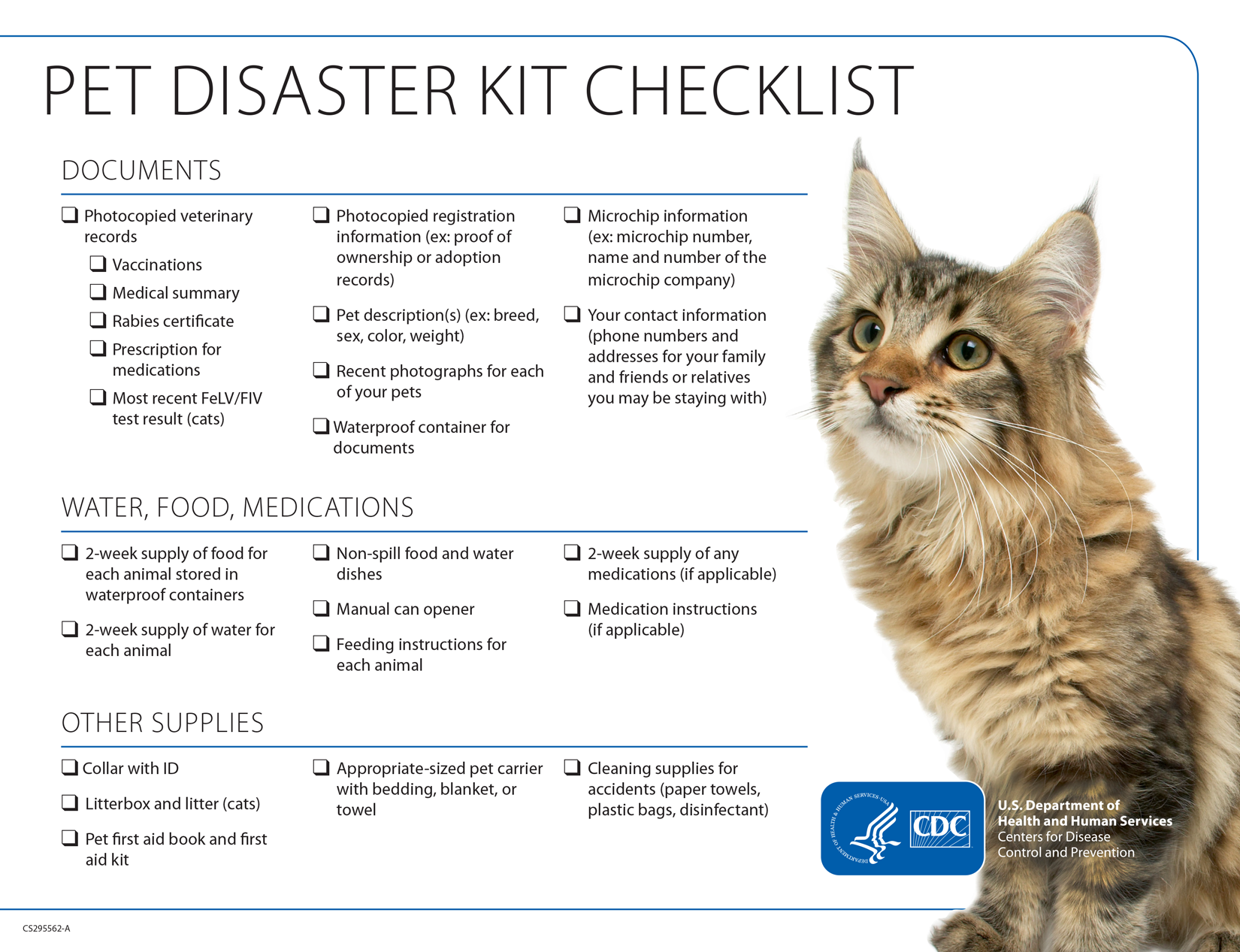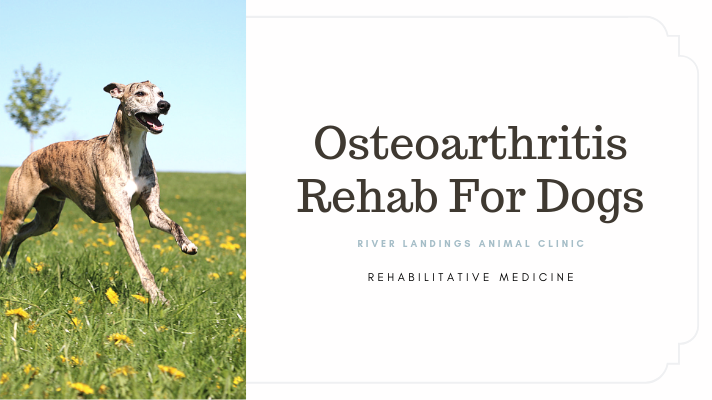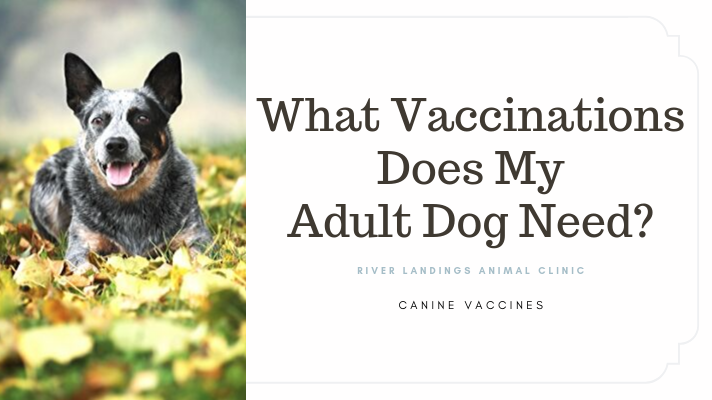An injured cat will need a period to rehabilitate and regain his normal functions. Even if physical therapy is not regarded as a practical rehabilitation method, as people believe cats won’t cooperate, this method may be effective in speeding up the healing of an injured cat. Most cats enjoy physical therapy.
The Benefits of Physical Therapy for Cats
Physical therapy can be used to rehabilitate a cat that has undergone surgery, has an injury or a chronic disease that affects his functions.
Physical therapy can diminish pain and reduce the swelling caused by a surgery. In addition, physical therapy will strengthen the muscles and make the joints more flexible.
Therapy can correct limping and limb stiffness and may also improve the mental state of the cat by reducing stress and calming him down.
Physical Therapy Techniques for Cats
The main physical therapy techniques used for felines include hot and cold treatments, therapeutic ultrasounds, passive range of motion and active rehabilitation.
The cat may benefit from all these techniques or the vet may recommend a selected number of techniques, depending on the medical condition and the state of the injury.
Hot and Cold Treatment
Among the passive rehabilitation methods, the hot and cold treatment is known to be highly effective. This method can be employed to relieve pain caused by an injury and may also be effective in managing arthritis pain.
Cold compresses are applied, which reduce swelling and pain; these compresses can be held for 20 minutes at a time and may be applied several times per day.
Hot compresses may be used when there is no swelling present. The purpose of these compresses is to speed up the metabolism rate and reduce pain. Apply hot compresses for 20 minutes, 2 to 4 times per day. Ensure that the temperature is bearable for the pet.
This therapy can be performed at home, but consult a physical therapist prior to using hot and cold compresses.
Therapeutic Ultrasound
Therapeutic ultrasound is also a passive method, which strengthens muscles and promotes blood flow to the injured area, speeding up the recovery. This method relieves pain. The method must be used with caution for cats that have metal implants (i.e., in fractures), as these implants can heat up and cause burns.
Passive Range of Motion
Passive range of motion will focus on improving the function of joints and can be employed if the cat’s joints have been motionless for extended periods of time (i.e., from splints or casts). This method of controlled movement will also strengthen the muscles.
Active Rehabilitation
Active rehabilitation is recommended when the cat starts to walk and resume his normal activities. There are multiple techniques of active rehabilitation, including ball exercises, aqua therapy, balance boards and treadmills. These will focus on strengthening the muscles and improving flexibility.
Physical therapy in cats can be used for various periods of time, depending on the type of injury, age and health of the cat. The frequency of the sessions will be determined by a therapist, but it's usually 1 to 5 times per week.
Hear From Us Again
Don't forget to subscribe to our email newsletter for more recipes, articles, and clinic updates delivered to your inbox (here). Or, you can keep up to date by liking and following our Facebook page (here).
Related: We have more information under our cat health categories.
